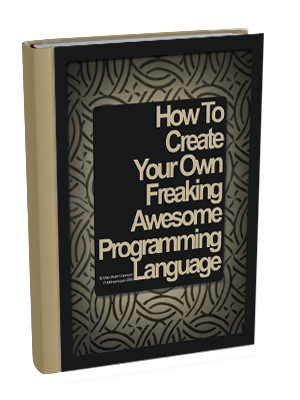Short-form video is everywhere, and so are monetization opportunities for creators. TikTok has its Creator Partner Program (a spinoff from the TikTok Creator Fund). Instagram creators can monetize their content with Subscriptions. And YouTube Shorts has the YouTube Partner Program.
We’ve covered how to monetize your YouTube content before, but Shorts has a different model for creators. In this article, we’ll walk you through the model and what it takes to enter the Program.
How does revenue sharing work on YouTube Shorts?
YouTube Shorts creators are part of the YouTube Partner Program (YPP), but revenue is distributed differently for YouTube’s short-form video format than the typical longer-form video method.
A portion of the revenue from ads is added to a “Creator Pool” based on views across all Shorts and then portioned out to the creator from there.
If you’re wondering why YouTube uses the creator pool, here’s their explanation:
- Shorts use a different ad format different from a long-form YouTube video, requiring a unique revenue sharing model.
- Distributing ad revenue based on the model means that all Shorts creators who are part of the YouTube Partner Program can benefit from ads, not just those with an ad next to their video.
- This model also means that music usage doesn’t affect creators' ability to monetize their content.
Here’s how the Creator Pool works:
- Revenue from the ads between videos in the Shorts Feed is added to the Pool to reward creators and cover costs from paying out copyright for using music.
- If you upload video content without music, all of the revenue associated with its views goes into the Creator Pool.
- If you upload a video with music in it, the revenue will be distributed between the Pool and copyright claims for however many tracks were used in the video.
- The amount in the Creator Pool is then distributed to creators based on their share of the total views.
To better visualize the Pool, if you use one music track in a Short and you were meant to make $500 from a Short, revenue is split 50/50, so you get $250, and the music publishers get $250. Regardless, you will always receive 45 percent from the ad revenue sharing model, regardless if you use music o
Recommended Story For You :
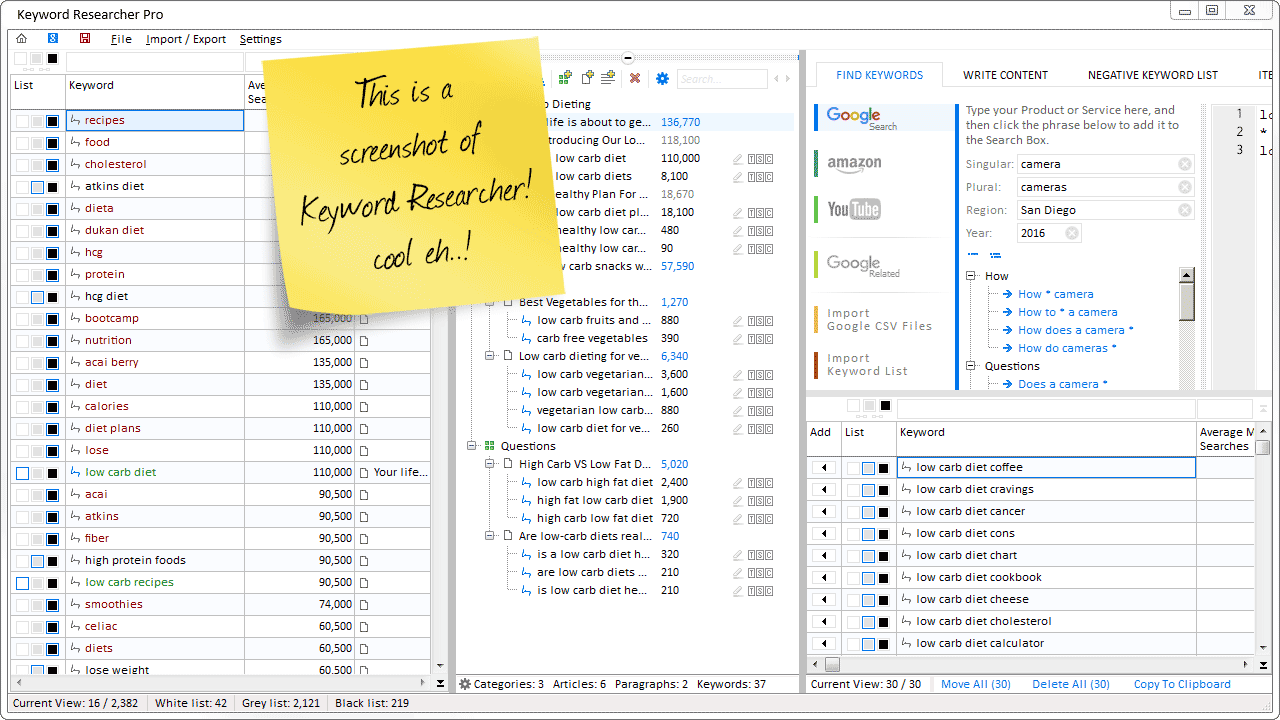
Organize Keywords and Import CSV Files from the Google Keyword Planner
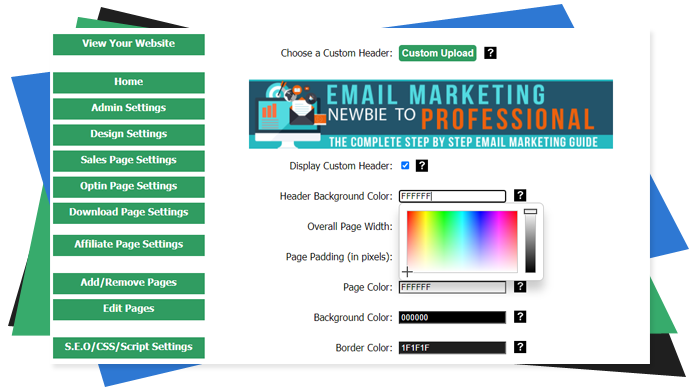
The Most Affordable And Easiest User Friendly Page Builder You Will Ever Use!

Instant WordPress Theme That Matches Your Website
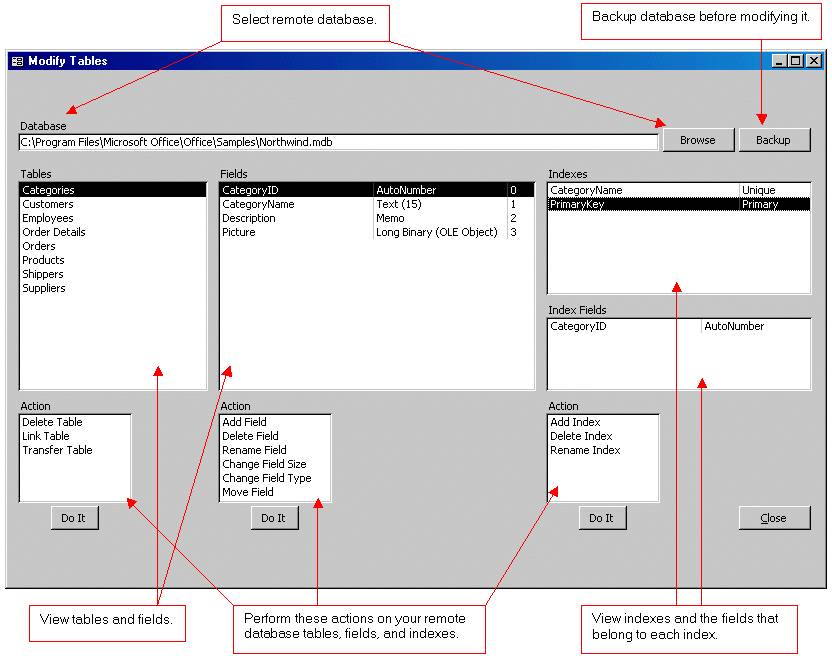
Wizard to Manage Remote Backend MS Access Database Tables Fields and Indexes

If you had an aisle-by-aisle grocery list wouldn't you spend less money on impulse items?
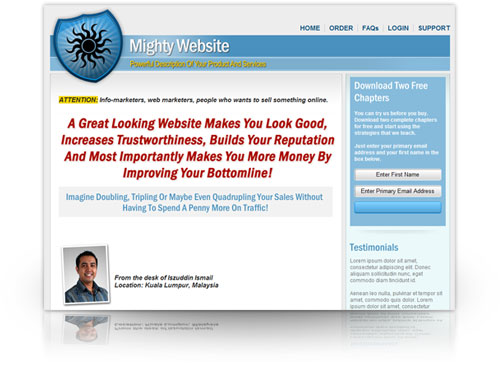
everything you need to create a professional corporate look mini-site is there.
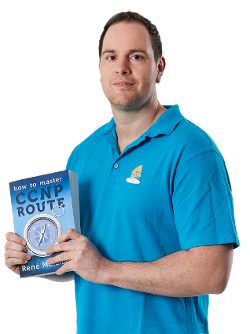
Unlock Your Networking Potential with GNS3Vault

Viper Cache Was 77% Faster Than The Competetion

Understanding Stock Market Shorting eBook
